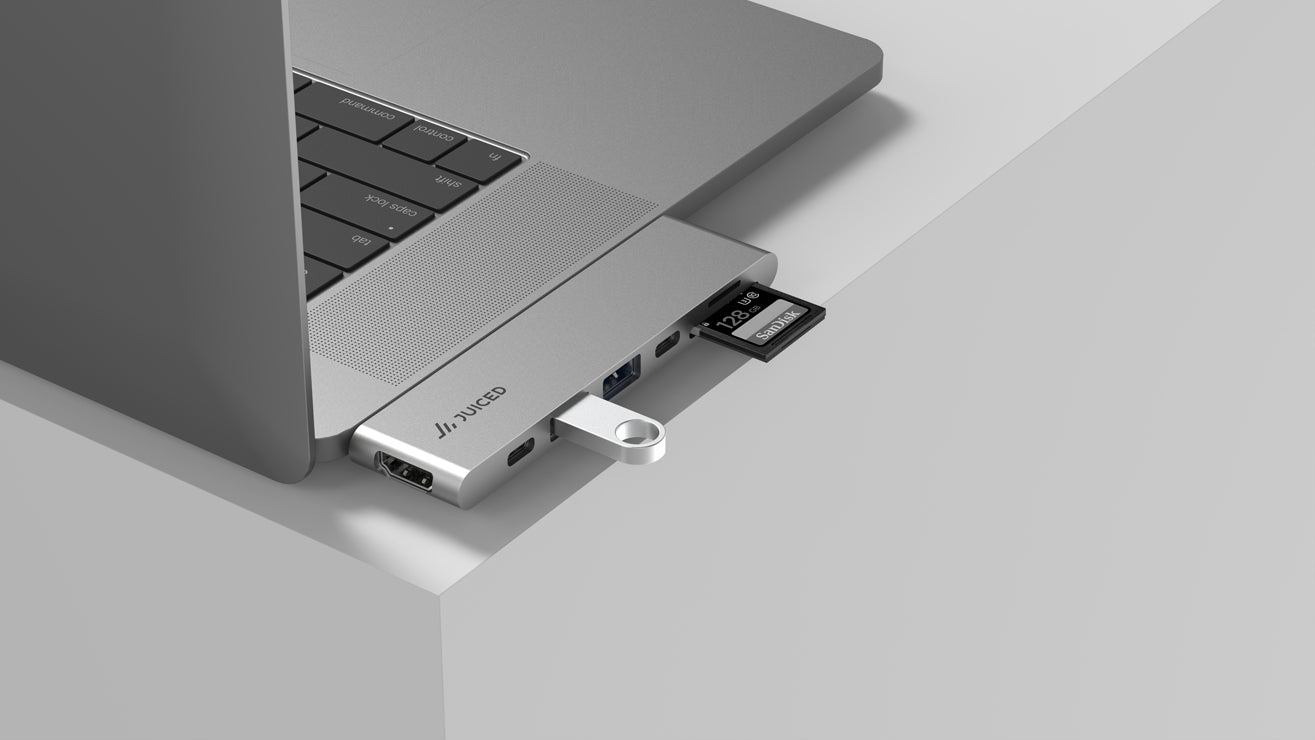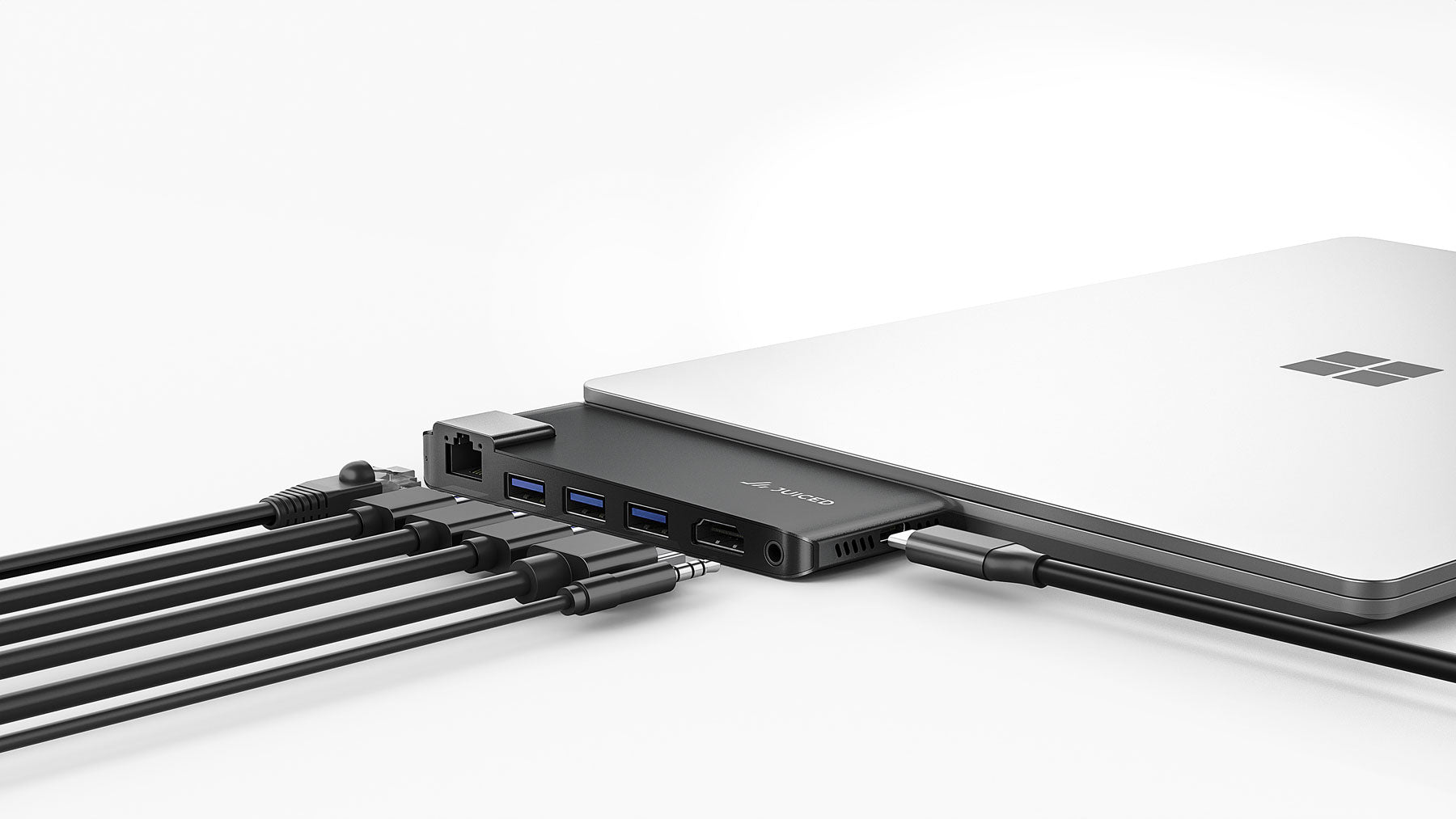SPDIF Audio or HDMI ARC? What is better?
Table of Contents
- Introduction to SPDIF Audio and HDMI ARC
- SPDIF Audio: Overview and Advantages
- HDMI ARC: Overview and Advantages
- Comparing SPDIF and HDMI ARC
- Choosing the Right Connection for Your Home Theater
- Conclusion
Introduction to SPDIF Audio and HDMI ARC
When setting up a high-quality audio system for your home theater, you may be wondering whether to use SPDIF audio or HDMI ARC. In this article, we will explore the features, advantages, and differences between these two popular digital audio connections. Ultimately, we aim to help you make an informed decision on which option is best suited for your needs.
SPDIF Audio: Overview and Advantages
SPDIF, or Sony/Philips Digital Interface Format, is a digital audio connection that has been widely used since the 1990s. It can be found in two different types: coaxial and optical (also known as TOSLINK). SPDIF is capable of transmitting high-quality, uncompressed stereo audio, as well as compressed 5.1 surround sound formats like Dolby Digital and DTS.
SPDIF Audio: Overview and Advantages
SPDIF, or Sony/Philips Digital Interface Format, is a digital audio connection that has been widely used since the 1990s. It can be found in two different types: coaxial and optical (also known as TOSLINK). SPDIF is capable of transmitting high-quality, uncompressed stereo audio, as well as compressed 5.1 surround sound formats like Dolby Digital and DTS.
HDMI ARC: Overview and Advantages
HDMI ARC, or Audio Return Channel, is a feature introduced in HDMI 1.4 that enables a single HDMI cable to transmit both audio and video signals between devices. It simplifies the setup process by eliminating the need for additional audio cables.
Advantages of HDMI ARC:
- Higher quality audio: HDMI ARC supports uncompressed audio formats like PCM, Dolby TrueHD, and DTS-HD Master Audio, providing superior audio quality compared to SPDIF.
- Video and audio in one cable: HDMI ARC carries both audio and video signals, reducing cable clutter and simplifying your home theater setup.
- **CEC (Consumer Electronics Control) compatibility HDMI ARC is compatible with CEC, which allows you to control multiple devices using a single remote, further simplifying your home theater experience.
Comparing SPDIF and HDMI ARC
| Feature | SPDIF Audio | HDMI ARC |
|---|---|---|
| Audio Quality | Supports uncompressed stereo audio and compressed 5.1 surround sound formats | Supports uncompressed audio formats, providing superior audio quality |
| Video Support | No video support | Carries both audio and video signals |
| Ease of Use | Easy setup with minimal configuration | Simplifies setup by combining audio and video signals in a single cable |
| Device Compatibility | Compatible with a wide range of audio devices, including older devices | Best suited for modern home theater systems with high-quality audio and video requirements |
| CEC Compatibility | Not supported | Supported, allowing control of multiple devices using a single remote |
When comparing SPDIF and HDMI ARC, it's essential to consider the key differences between these two connections to determine which one is best for your home theater setup.
- Audio quality: HDMI ARC supports uncompressed audio formats, providing superior audio quality compared to the compressed formats transmitted by SPDIF.
- Video support: HDMI ARC also carries video signals, making it a versatile choice for home theater systems that require both audio and video connections.
- Ease of use: While both connections are relatively easy to set up, HDMI ARC simplifies the process by combining audio and video signals in a single cable.
- Device compatibility: SPDIF may be more compatible with older audio devices, whereas HDMI ARC is better suited for modern home theater systems that prioritize high-quality audio and video.
Choosing the Right Connection for Your Home Theater
To determine which connection is best for your home theater, consider the following factors:
- Device compatibility: Review the specifications of your devices to see which connections they support. If your devices are only compatible with SPDIF, then the choice is clear. Conversely, if your devices support HDMI ARC, this option will likely provide better audio quality and an easier setup process.
- Audio quality requirements: If you prioritize high-quality audio, HDMI ARC may be the better choice, as it supports uncompressed audio formats. However, if you are satisfied with compressed audio formats or have a limited budget, SPDIF may be sufficient for your needs.
- Cable management preferences: If you prefer a minimalistic setup with fewer cables, HDMI ARC's ability to transmit both audio and video signals in a single cable can be a significant advantage.
Conclusion
In conclusion, both SPDIF and HDMI ARC have their merits, and the best choice for your home theater system depends on your specific needs and preferences. HDMI ARC is an excellent choice for users seeking higher audio quality, video support, and a simplified setup process, while SPDIF may be more suitable for those with older devices or budget constraints. Carefully consider the factors discussed in this article to make the most informed decision for your home theater system.









